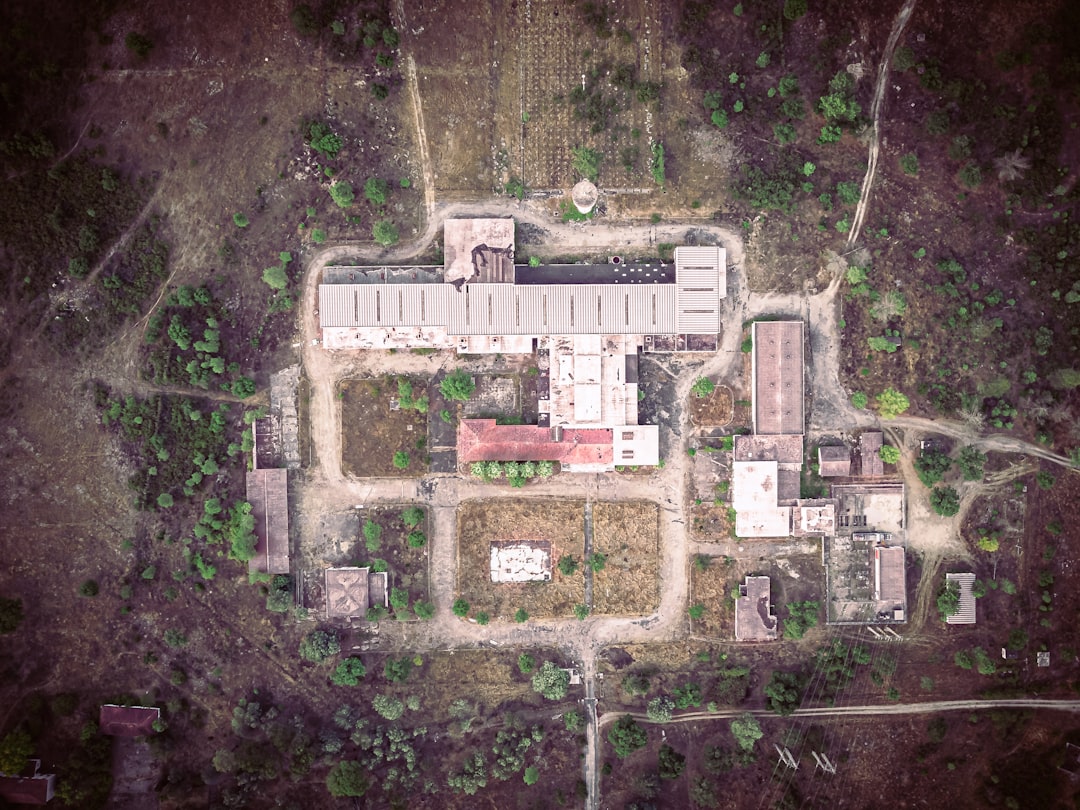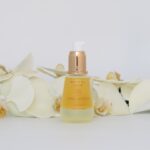When you undergo a treatment that affects your skin, whether it’s a cosmetic procedure or a medical intervention, understanding the healing process is crucial. Your body goes through several stages of healing, and being aware of these can help you manage your expectations and care for your skin effectively.
This is a natural response as your body works to repair itself. During this phase, it’s essential to be gentle with your skin and allow it the time it needs to recover. As the days progress, you might notice changes in your skin’s appearance.
Peeling or flaking can occur as dead skin cells are shed, making way for new, healthier skin. This is a sign that your body is actively healing. It’s important to resist the urge to pick at or prematurely remove any peeling skin, as this can lead to scarring or infection.
Instead, focus on nurturing your skin with appropriate products and hydration. Understanding these stages not only helps you cope with the physical changes but also prepares you mentally for the journey ahead.
Key Takeaways
- Understanding the Healing Process:
- The healing process after a treatment is crucial for achieving optimal results.
- It involves the body’s natural response to injury and can vary depending on the type of treatment.
- Proper Skincare Routine:
- Following a proper skincare routine is essential for promoting healing and maintaining results.
- This may include gentle cleansing, moisturizing, and avoiding harsh products that can irritate the skin.
- Avoiding Sun Exposure:
- Sun exposure can hinder the healing process and lead to complications such as hyperpigmentation.
- It is important to protect the treated area from the sun by using sunscreen and wearing protective clothing.
- Managing Discomfort:
- It is common to experience some discomfort after a treatment, which can be managed with over-the-counter pain medication and cold compresses.
- It is important to follow the provider’s recommendations for managing discomfort to ensure a smooth recovery.
- Following Post-Treatment Instructions:
- Adhering to post-treatment instructions provided by the provider is crucial for promoting healing and preventing complications.
- This may include avoiding certain activities, using prescribed medications, and attending follow-up appointments.
Proper Skincare Routine
Choosing the Right Cleanser
Start with a gentle cleanser that won’t irritate your skin. Avoid harsh scrubs or exfoliants during this sensitive period. Instead, opt for a mild, hydrating cleanser that can effectively remove impurities without stripping your skin of its natural oils.
Cleansing and Moisturizing
Cleansing should be done twice daily—once in the morning and once before bed—to keep your skin clean and free from bacteria. After cleansing, it’s essential to apply a suitable moisturizer.
Additional Tips for Optimal Results
Ingredients like hyaluronic acid or ceramides can help lock in moisture and support the skin barrier. Additionally, consider incorporating a soothing serum that contains ingredients like aloe vera or chamomile to calm any irritation. Remember, consistency is key; sticking to this routine will help your skin heal more efficiently and enhance the results of your treatment.
Avoiding Sun Exposure
One of the most critical aspects of post-treatment care is avoiding sun exposure. Your skin will be particularly vulnerable after any procedure, making it more susceptible to damage from UV rays. Even brief exposure can lead to complications such as hyperpigmentation or prolonged redness.
Therefore, it’s essential to stay out of direct sunlight as much as possible during the healing phase. If you must go outside, seek shade and wear protective clothing. In addition to seeking shade, applying a broad-spectrum sunscreen with an SPF of at least 30 is non-negotiable.
Choose a sunscreen that is specifically designed for sensitive skin and reapply it every two hours if you’re outdoors. This protective measure not only shields your healing skin from harmful rays but also helps maintain an even skin tone as it recovers. By prioritizing sun protection, you’re taking an essential step toward ensuring the longevity of your treatment results.
Managing Discomfort
| Technique | Effectiveness | Notes |
|---|---|---|
| Deep Breathing | High | Helps to relax and reduce tension |
| Progressive Muscle Relaxation | Medium | Can help to release physical tension |
| Mindfulness Meditation | High | Can increase tolerance to discomfort |
| Distraction Techniques | Low | May provide temporary relief |
Experiencing discomfort after a treatment is common, but managing it effectively can make a significant difference in your recovery experience. Depending on the procedure, you may feel sensations ranging from mild tenderness to more pronounced pain. Over-the-counter pain relievers can be helpful in alleviating discomfort; however, always consult with your healthcare provider before taking any medication to ensure it’s appropriate for your situation.
In addition to medication, consider incorporating soothing techniques into your routine. Cold compresses can provide immediate relief by reducing swelling and numbing the area. Simply wrap ice in a clean cloth and apply it gently to the affected area for short intervals.
Furthermore, practicing relaxation techniques such as deep breathing or meditation can help ease any anxiety related to discomfort. By taking proactive steps to manage pain, you’ll create a more comfortable healing environment for yourself.
Following Post-Treatment Instructions
Adhering to post-treatment instructions provided by your healthcare professional is paramount for achieving the best possible results. These guidelines are tailored specifically to your treatment and individual needs, so it’s crucial to follow them closely. Whether it involves specific skincare products to use or activities to avoid, each instruction plays a role in your recovery process.
If you have any questions or uncertainties about the instructions, don’t hesitate to reach out for clarification. It’s better to ask than to risk compromising your healing process due to misunderstandings. Keeping a checklist of dos and don’ts can also be beneficial; this way, you can track your adherence and ensure you’re following all recommendations diligently.
By committing to these instructions, you’re actively participating in your healing journey and setting yourself up for success.
Watching for Complications

While most post-treatment experiences are straightforward, being vigilant about potential complications is essential for ensuring your safety and well-being. Keep an eye out for signs of infection, such as increased redness, swelling, warmth, or discharge from the treatment area. If you notice any of these symptoms, contact your healthcare provider immediately for guidance.
Additionally, be aware of any unusual changes in your skin’s texture or color that may arise during the healing process. While some variations are normal as your skin recovers, drastic changes could indicate an issue that requires attention. Trust your instincts; if something doesn’t feel right, don’t hesitate to seek professional advice.
By staying informed and proactive about potential complications, you can address any concerns early on and promote a smoother recovery.
Resuming Normal Activities
As you progress through the healing process, you may find yourself eager to return to your normal activities. However, it’s important to approach this transition with caution. Depending on the nature of your treatment, you may need to wait a specific period before resuming certain activities like exercise or swimming.
Engaging in strenuous activities too soon can lead to complications or prolong the healing process. Listen to your body and pay attention to how you feel as you gradually reintroduce activities into your routine. Start with light exercises such as walking or gentle stretching before moving on to more intense workouts.
If you experience any discomfort or notice changes in your skin while resuming activities, take a step back and consult with your healthcare provider for guidance on how to proceed safely.
Long-Term Maintenance
Once you’ve completed the initial healing phase and are satisfied with the results of your treatment, long-term maintenance becomes essential for preserving those results. Establishing a consistent skincare regimen tailored to your skin type will help maintain its health and appearance over time. This may include regular exfoliation, hydration, and targeted treatments based on your specific concerns.
In addition to skincare products, consider scheduling regular follow-up appointments with your healthcare provider or dermatologist. These check-ins allow for ongoing assessment of your skin’s condition and provide opportunities for adjustments in your skincare routine as needed. Staying proactive about your skin health will not only help maintain the results of your treatment but also contribute to overall well-being and confidence in your appearance.
In conclusion, navigating the post-treatment journey requires patience and diligence. By understanding the healing process, adhering to proper skincare routines, avoiding sun exposure, managing discomfort effectively, following post-treatment instructions closely, watching for complications, resuming normal activities cautiously, and committing to long-term maintenance strategies, you empower yourself to achieve optimal results from your treatment while ensuring the health of your skin for years to come.
After undergoing laser treatment, it is important to follow certain do’s and don’ts to ensure optimal results and minimize any potential side effects. One helpful article that provides guidance on this topic is “Customize Interests” from In Laser Hair Removal. This article offers personalized tips on post-treatment care based on individual needs and preferences. By following the advice outlined in this article, patients can better understand how to care for their skin after laser treatment and achieve the best possible outcomes. For more information on laser treatment do’s and don’ts, be sure to check out the blog section on the In Laser Hair Removal website.
FAQs
What are the do’s after laser treatment?
– Keep the treated area clean and dry to prevent infection.
– Apply any prescribed ointments or creams as directed by your healthcare provider.
– Protect the treated area from sun exposure by using sunscreen and wearing protective clothing.
– Follow any post-treatment care instructions provided by your healthcare provider.
What are the don’ts after laser treatment?
– Avoid picking, scratching, or rubbing the treated area to prevent irritation and scarring.
– Do not use harsh or abrasive skincare products on the treated area.
– Avoid hot showers, saunas, and steam rooms as they can increase the risk of infection and irritation.
– Do not expose the treated area to direct sunlight or tanning beds as it can lead to hyperpigmentation and other complications.







